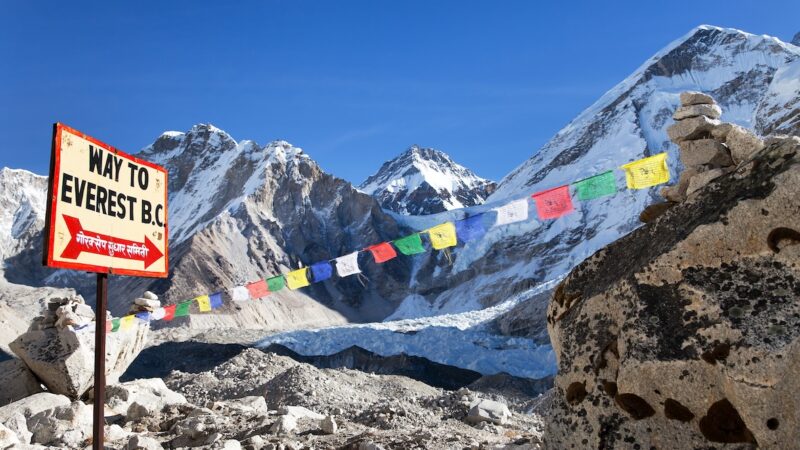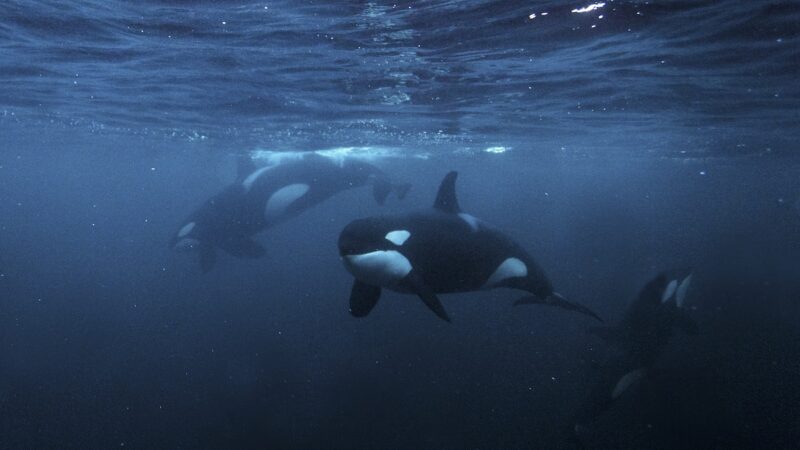6 Best Cross Country Skis of 2024
Whether you’ve been doing it for decades or you need a new hobby, cross-country skiing is a great aerobic exercise. Plus, it’s more approachable than downhill skiing. Yet, it will still get your heart pumping and, of course, get you outside, which is always great for the body and soul.
Videos by Outdoors
If you’re looking for a pair of cross-country skis, it can be hard to know where to start shopping. Our favorite pair is the Fischer Spider 62 Crown Xtra Lite Skis because of their lightweight and metal edge.
But that’s not all – we’ve got picks for kids, deep snow situations, and more on this list. Read on to find the best pair of cross-country skis for you.
The Best Cross-Country Skis
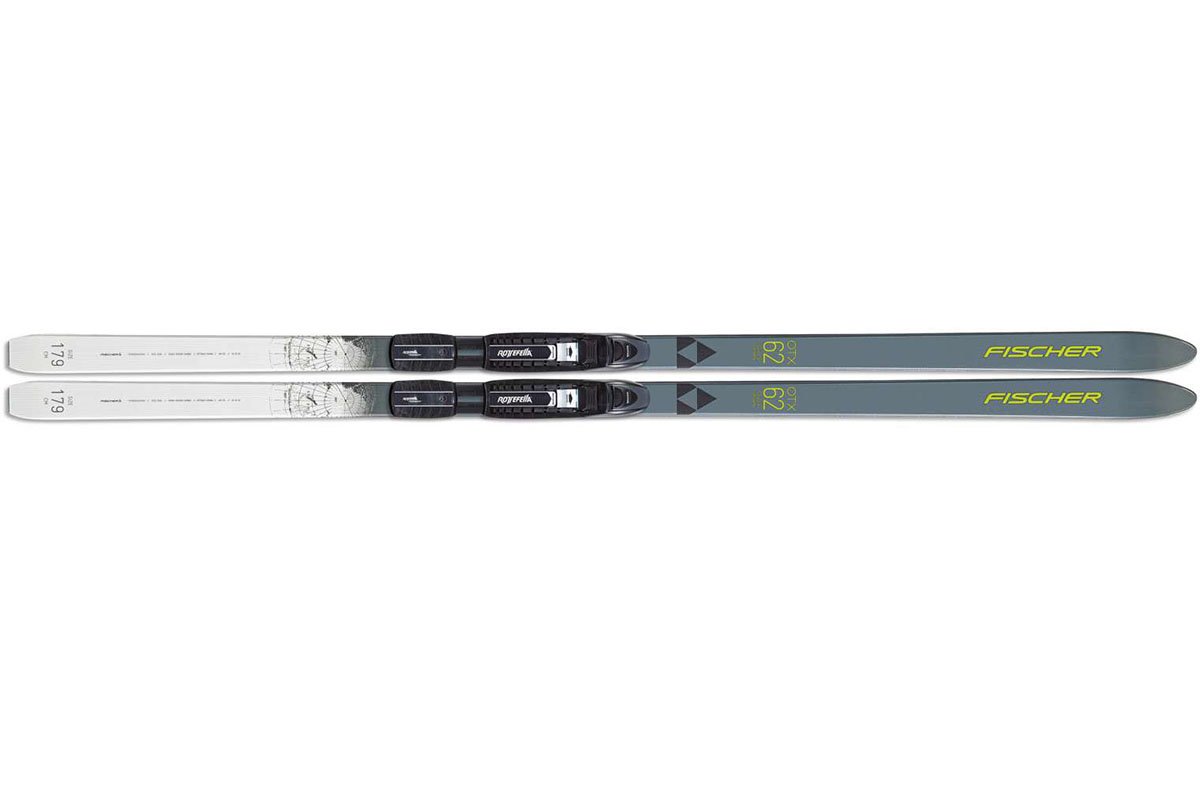
We picked the Fischer Spider 62 Crown Xrta Lites as the best classic style overall because they are made to take on both ungroomed snow and groomed trails. They also come with Turnamic bindings mounted to the skis for you to attach to your favorite cross-country snow boots.
With four sizes to choose from these skis will fit you. No matter which set of skis you decide to buy, remember to factor in not just your body weight, but also the weight of all of your gear when you head out.
The wooden core makes these skis lightweight which makes them great for beginners and pros alike. These skis from Fischer feature progressive-depth tracking that allows you to gain a better grip when you’re out on the snow, no matter the condition.
Width Specs:
- 62-millimeter tip
- 52-millimeter waist
- 60-millimeter tail
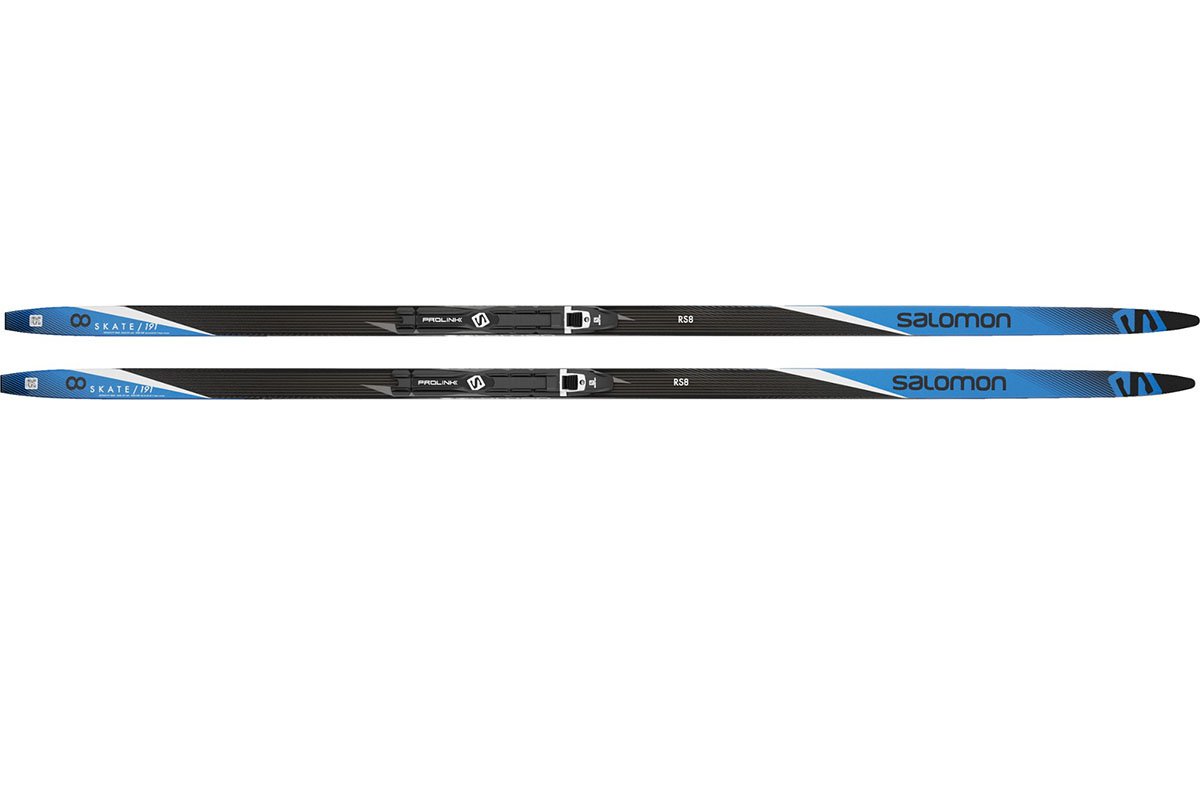
Ready for an adventure without compromising stability and speed? Even if you’ve gone cross-country skiing on a pair of classic skis, skate skiing will be an exciting next step in your adventure. We chose these as the best skate skis because they’re lightweight and responsive to your every move.
Though a little more advanced than the classic Fischer Spiders, this pair of skate skis will elevate your skate skiing experience, as you’ll have more stability and balance when you’re in the gliding phase. These skis feature a Densolite 3000 core and have no metal edge.
These skis come with a pair of bindings that connect directly to the skis for maximum transmission. They have G5 World Cup bases that help you perform better than ever in all snow conditions. These skis are compatible with Prolink, NNN, and Turnamic boots.
Skate skiing might be considered a little bit harder than classic skiing, but once you get the hang of it, these will be your favorite cross-country skis.
Width Specs:
- 44-millimeter tip
- 43-millimeter waist
- 45-millimeter tail
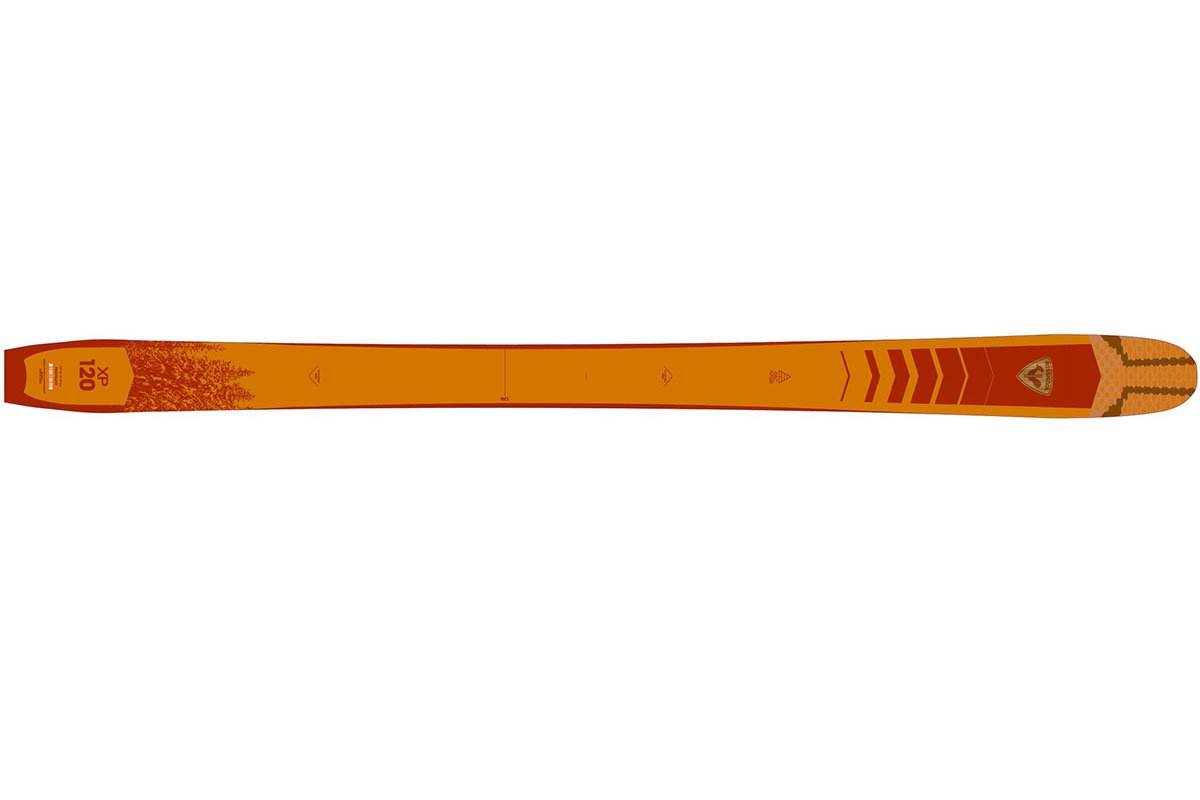
Cross-country skiing can be difficult in deep snow, that’s why we highly recommend these skis for when you’re heading out into those conditions. These skis are a little wider than others listed, which will give you a larger surface area when moving through deeper snow conditions.
The Rossignol XP 120s are Nordic touring skis and they feature steel edges offering greater downhill control. They also feature an alpine mounting plate, which allows you to use alpine bindings.
We chose these Nordic touring skis for their ability to float on top of the snow, as well as the stability and balance that they give you. Their full wooden core offers wearers a damp and durable feel so you can sense everything under your feet.
Width Specs:
- 120-millimeter tip
- 90-millimeter waist
- 110-millimeter tail

Coming in at a little more than 5 pounds, these are one of the heavier sets of skis on this list. That being said, we chose to include them because they can be used a almost any snow condition, including groomed trails, ungroomed terrain, and soft snow.
These skis are made with full-length metal edges to increase your grip when you’re heading downhill. They also feature air tip technology, helping you stay on top of the snow. This set of skis are made with low-density, wooden cores.
The Rossignol BC 80 Positrack skis include NNN bindings that are only compatible with NNN BC sole boots. These skis have air channels, giving them a lively feel when you’re wearing them.
Width Specs:
- 80-millimeter tip
- 60-millimeter waist
- 70-millimeter tail
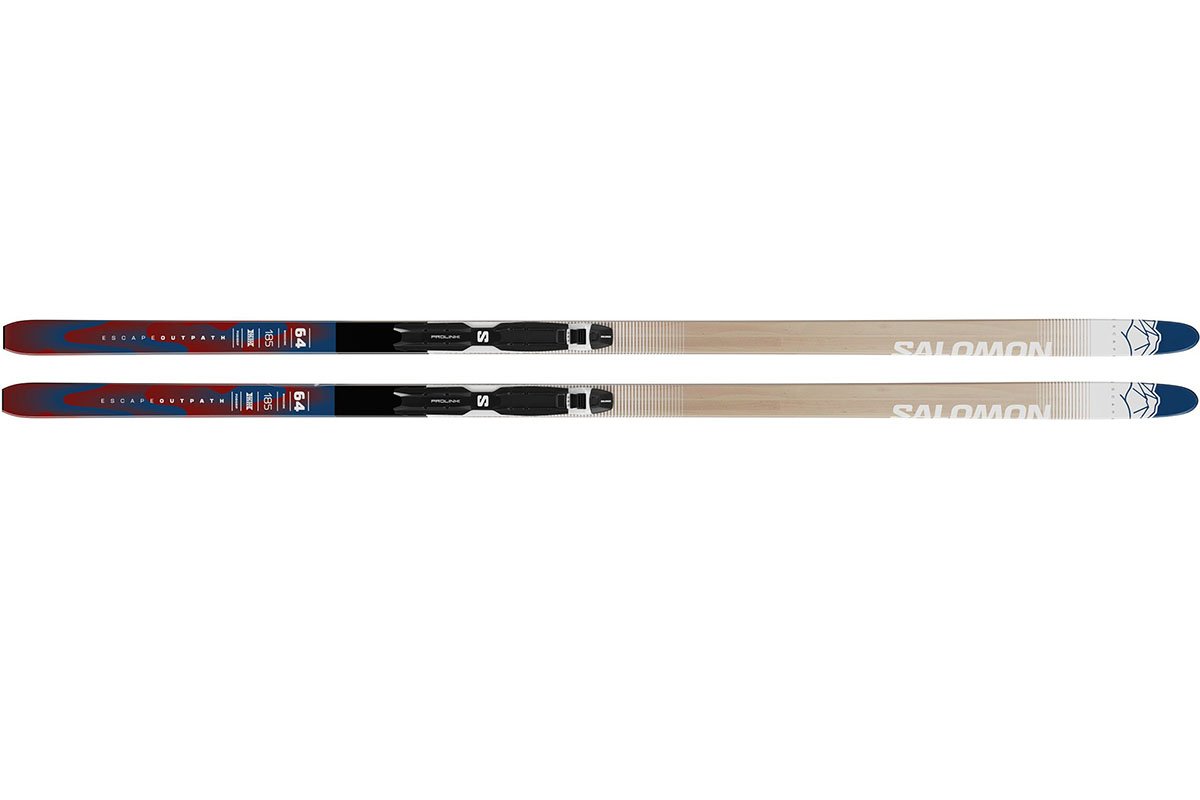
There’s a chance you’ll be out in a variety of snow conditions, no matter what style of skiing you’re doing. We chose this pair because they’ll leave you prepared no matter what the weather may bring. With a full metal edge, these skis offer versatility and stability.
With wooden cores and G1 solid Posigrip bases, these skis have a solid and secure grip for when you’re out in the snow or ice. These skis also feature plastic reinforcements and a fiberglass wrap.
Featuring pattern-base kick-zone protection and five different sizes, these skis are great if you aren’t sure where you’ll be going next and will fit most users.
Width Specs:
- 64-millimeter tip
- 52-millimeter waist
- 60-millimeter tail
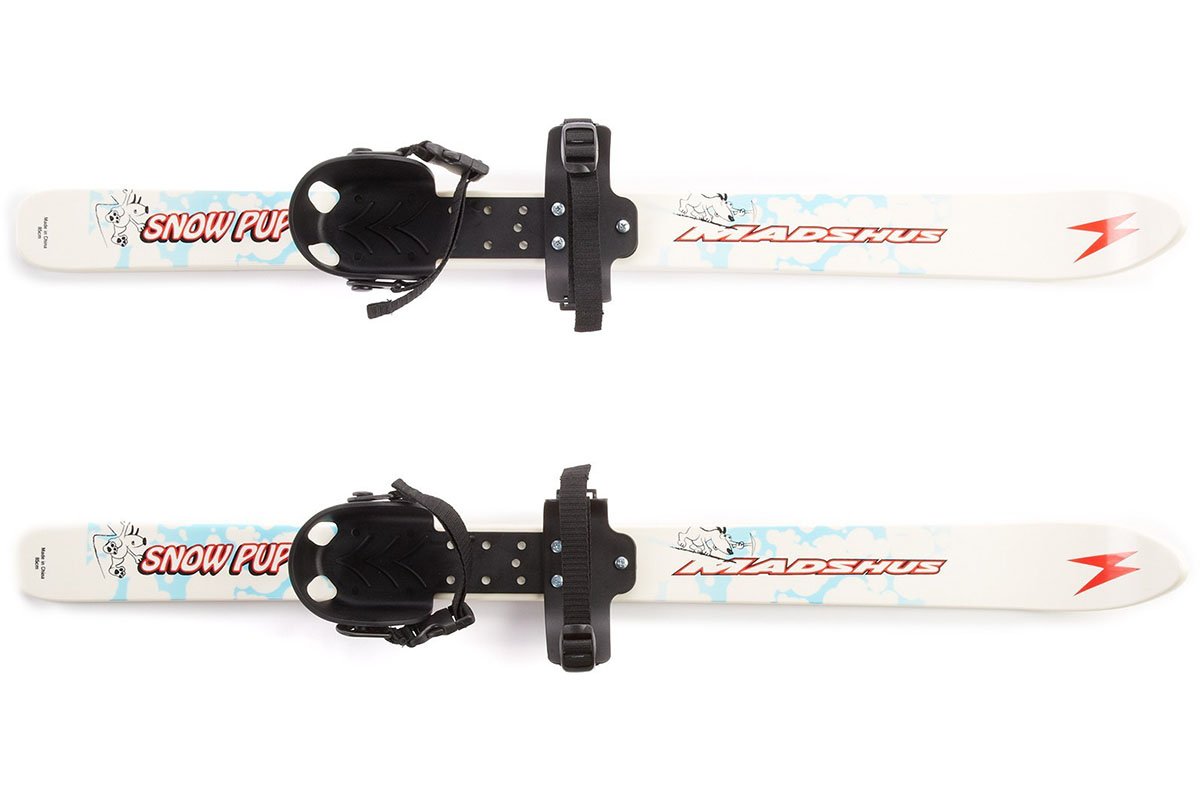
Heading out on a ski trip with your littles can be a little daunting, but if they have the right gear you’ll all have a great time. A pair of classic cross-country skis will give them the confidence to head out on the trail with you and have a great time.
These skis feature extra width, which is great for those just learning how to balance on a set of skis, and are shorter in length for easy gliding when you’re out. The skis come with premounted bindings for convenience and ease for young skiers who are learning to find their footing.
Madshus does not recommend these skis for children over 55 pounds.
Width Specs:
- 65-millimeter tip
- 55-millimeter waist
- 60-millimeter tail
How to Buy Cross-Country Skis
Cross-country skiing comes from Nordic skiing, which encompasses a variety of skiing disciplines. Compared to alpine skiing, cross-country skiing allows you to explore the terrain.
It’s important to know the difference between the two main types of skis: classic and skate. Though the general build and the way you use them are very similar, there are major differences that are important to understand.
Classic Skis
Classic skis use a striding motion similar to walking or running. If you’re a newer skier, classic skis are a great place to start because of the familiarity with the motion. Classic skis are user-friendly, even for those who have never used downhill skis before.
The majority of classic skis are waxless skis. From there, these can be further divided into fish scales skis and skin skis. Scales and skins will help you gain traction going uphill or moving forward.
Though they are less common, there are waxable classic skis, which will require work from you to take care of them.
Skate Skis
Skate skis use a similar motion to a speed skater, pushing your skis out to the side. A set of skating skis are often used by a more experienced skier.
You use the edges of your skis to move forward and though this is fun for an experienced skier, it is definitely more tricky than a back-and-forth motion.
Skate skis are also wax skis that will require maintenance and upkeep as you continue to use them. Waxing your skis will allow you faster and smoother movement and will maintain the health of your equipment.
Waxable skis – like skate skis – are the top choice of experienced skiers as they provide speed and smooth glide on top of the snow.
Cross-Country Accessories
The upside of getting into cross-country skiing is that it’s easy for people who have never skied before. The downside is that even if you’re already a skier, getting into the hobby can be expensive.
If you’re looking to get into cross-country skiing, the easiest way to get everything you need is to purchase a bundle with your skis, poles, bindings, and boots. But, that isn’t always an option, so you might want to familiarize yourself with some of these terms.
Boots
You’ll want to purchase a pair of cross-country ski boots. Many pairs of boots designed for alpine or downhill skiing cannot be worn.
Bindings
You’re also going to want to make sure you have the correct bindings for your skis and boots. There are four kinds for you to choose from, and you must know which ones you’ve purchased:
- Prolink bindings
- NNN
- Turnamic bindings
- SNS (Salomon Nordic System)
Prolink, NNN, and Turnamic are great for beginners as they are all interchangeable to use with different ski boots. SNS bindings only work with SNS boots. Make sure you check your boots and bindings before purchasing.
Poles
Your ski poles are going to be super important when you’re on a cross-country ski trip, and you’re going to want to match them to match the style of ski you picked out (classic or skate).
The main difference between the two is that classic ski poles are shorter. If you’re going the classic route, you’re going to want a pair of poles that go up to your shoulders. You can figure out this height by multiplying your height in centimeters by 0.83.
Your skate ski poles should reach about the height of your nose or ears. Similarly to your classic ski poles, there is a formula to approximate this length. Multiply your height in centimeters by 0.89.
Helmets and Goggles
If you’re going cross-country skiing, you don’t technically have to wear a helmet or goggles, but you can if that makes you more comfortable. Though there’s a good chance that most of the cross-country skiers you’ll see will be in a hat and a pair of polarized sunglasses.
Many beginners will feel comfortable out on their skis the first few times without a helmet, even if they fall. Don’t be afraid to follow your instincts and bring one along.
Metal Edge vs Non-Metal Edge Touring Skis
A set of metal edge touring skis is great for steep terrain. These kinds of skis can be used for out-of-track skiing. Featuring a shorter ski length, but wider width, metal edge touring skis are excellent cross-country skis for ungroomed trails or icy snow.
Metal edge skis will give you more control on icy slopes making them a top choice for cross-country skiing, as the trails can be more unpredictable than when alpine skiing.
A non-metal edge touring skis — also known as Nordic touring skis — are better for skiing on groomed trails. Non-metal edge touring skis are longer skis and are a sturdier option than a set of classic skis.
Whether or not you want metal edges on your skis depends on the kind of skiing you’re doing and the kind of snow you’re on.
Touring skis are often used as backcountry skis but can be used in a cross-country ski setting as well. Usually, touring skis are used for longer excursions that don’t involve a ski lift. Because of this, they are often used as backcountry skis.
Frequently Asked Questions About Buying Cross-Country Skis
Even if you’re an avid alpine skier, you may find yourself with questions about this ski discipline, as it is a completely different activity with its own learning curve.
What kind of skis should I start with?
Start your cross-country ski experience with a pair of classic skis. The activity requires a more natural movement of cross-country skiing, which is great for beginners. The motion is akin to walking or running whereas skate skis are more similar to speed skating.
If you have gone speed skating and enjoyed it, a pair of skate skis might be a great option for you to start with. But if you’re starting from scratch or haven’t done speed skating, there is nothing wrong with going for a set of classic skis.
Can I rent cross-country ski gear?
If you’re interested in trying cross-country skiing but aren’t ready to make the full financial commitment that is buying the gear, you can rent gear from several places before taking the plunge. If you’re heading to a cross-country ski resort, reach out to them to see if they do rentals, as many ski resorts do.
If for some reason the resort does not offer rentals, or you’re not heading to a resort, never fear. REI offers rental packages for cross-country skiing that will allow you to try it out for a fraction of the price.
If you love cross-country skiing, but don’t get out to do it often, it can also be more cost-effective to rent rather than purchase all of the gear, only for it to be used one to two times a year.
How do I learn to cross-country ski?
The best way to learn to cross-country ski is to get out there and practice, but you don’t have to do it alone. Take lessons from a professional at a resort or even just head out with a more experienced friend.
You can head to a resort or any groomed trails and practice there. You’ll want to look into the difficulty level of each trail you practice on, to make sure there aren’t any weird drop-offs or hills you’ll need to traverse. Any flat terrain will make for good practice.
If you do go to a resort, make sure you’re beginning on a green trail (for novices), as that will allow you to get the hang of moving around with the cross-country skis on your feet. You’ll also want to follow any posted rules for each specific trail to learn proper etiquette and what to look out for as you get better.
The most important things you’re going to need to learn for cross-country skiing are the balance stance, how to stay balanced on your skis, how to shift your weight, and how to move your arms and legs in tandem with one another.
What is the most important thing when you’re out skiing?
At the beginning of your cross-country ski journey, there are going to be a lot of things you’re trying to remember. How to get your skis on, how to stay balanced, where to place your poles, and so much more.
But – like any winter sport – the most important thing to remember when you’re on cross-country skis is making sure you stay warm. We work hard to bundle up when we’re in the snow and then warm up quickly as we begin to move. This can lead to us wanting to take off as many layers as possible.
As much as you might want to, you need to keep warm out in the snow, so make sure you don’t take off every warm layer, or you open yourself up to temperature-related illness.
How do I stay safe?
Similarly to other winter activities, the best way to stay safe when you’re out on your cross-country skis is going to encompass a variety of skills. You need to remain vigilant about yourself and your surroundings, even if you’re heading out for a leisurely ski experience.
Going along with our previous question, make sure you are staying warm. Don’t wait to add layers if you begin to cool off, including to your head, hands, and feet. Make sure you have extras in your pack when you get ready to head out.
Another safety precaution you can take to protect yourself is to know how to fall. Falling is an art and if you don’t know how to do it correctly, you can end up with a bruised behind, or much worse. The best way to fall would be to roll into it, as it’ll protect you from injury and prevent gear from breaking.
You also need to know your surroundings. Make sure you aren’t in an avalanche area, and if you are, that you know avalanche preparedness. If you’re nervous about avalanches, the best place to cross-country ski would be at a resort, as it minimizes the likelihood of an avalanche happening.
The Best Cross-Country Skis
Getting into cross-country skiing is a fun way to get outdoors in the winter that’s a little less daunting than alpine skiing. The classic Fischer Spider 62 Crown Xtra Lite skis are amazing for beginners and experienced skiers.
That being said, there’s still a lot to remember when you’re out on the trails. Finding a set of skis that are easy to use and fit comfortably is going to make your Nordic skiing experience that much better. Start with a classic set of skis and work your way to skate skis until you become a pro at cross-country skiing.


